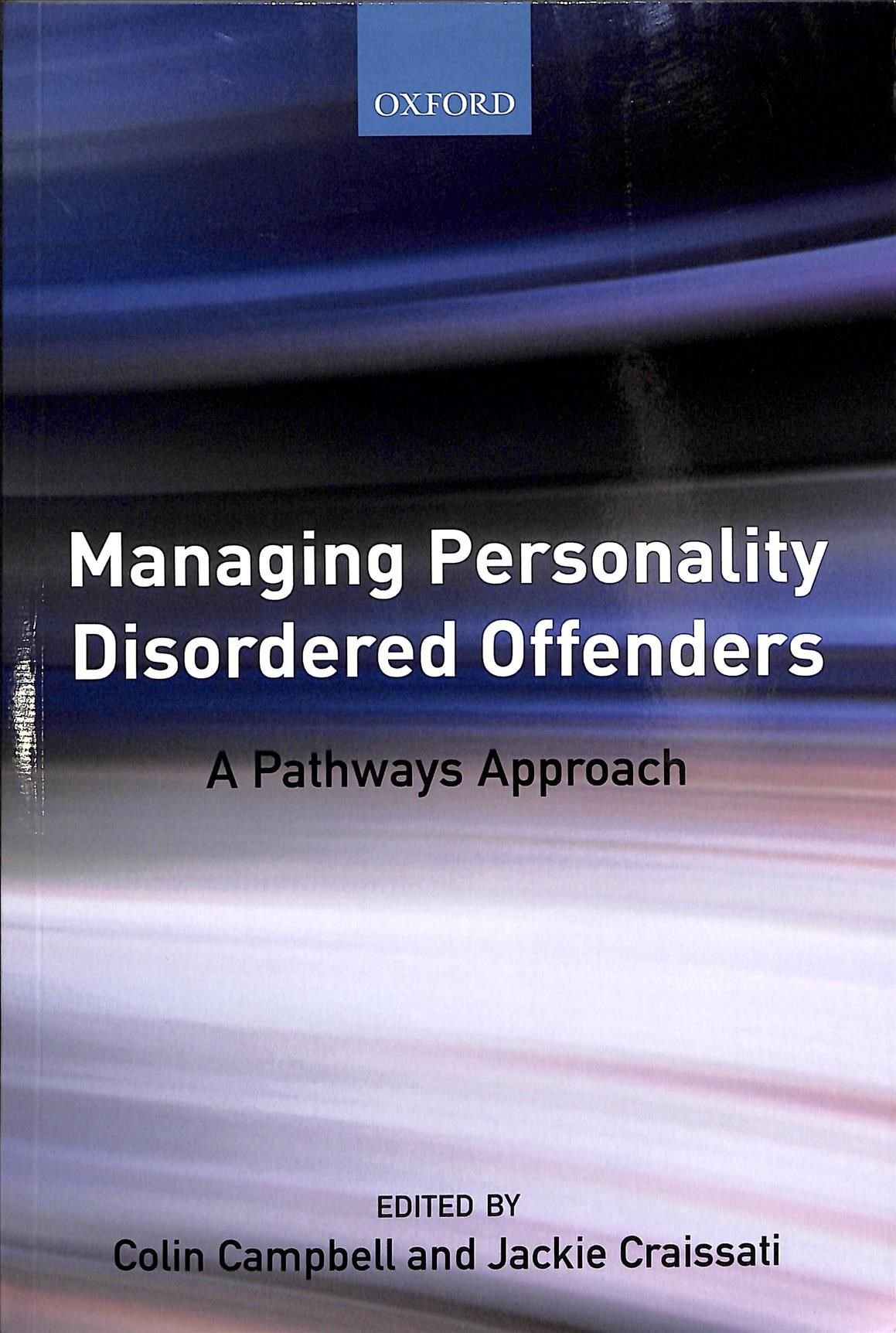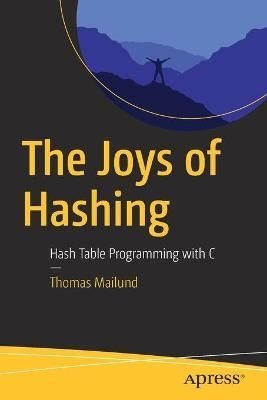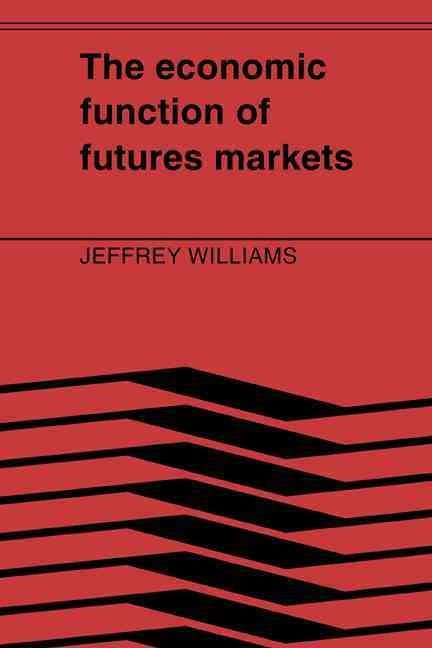The socio-economic activities due to world development are promoting increasing pressures on land, creating competition and conflicts, resulting in suboptimal use of resources. Integrated planning and management of land resources is a top subject of Agenda 21 (managed by FAO), which deals with the cross-sectoral aspects of decision-making for the sustainable use and development of natural resources. This is essential for life-support systems and its productive capacity. In this context, there is a need to find new strategies for sustainable development that links social and economic progress with environmental protection and enhancement. Electrokinetic transport processes (EK) uses a low-level direct current as the “cleaning agent”. EK has been applied to the remediation of polluted soils and other contaminated matrices. It also shows a great potential to be used in different fields, as in saline soil restoration, nutrients recovery from wastes or repair and maintenance of building structures. EK may be an integrated approach for new strategies aiming at sustainable development and to support waste strategies, with worldwide interest. EK can also be coupled with phytoremediation and integrated with nanotechnology, enlarging the scope of its application. The conciliation of the EK in the recovery of secondary resources, remediation and conservation is a multidisciplinary novel approach that opens new technical possibilities for waste minimization, through upgrading of particulate waste products and the recovery of secondary resources for industrial, agricultural or social use.












